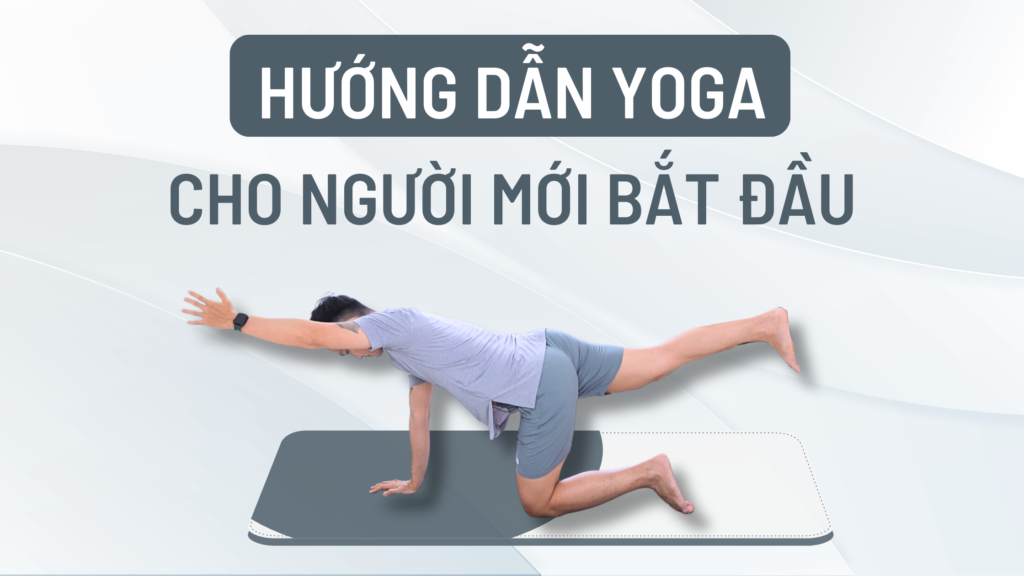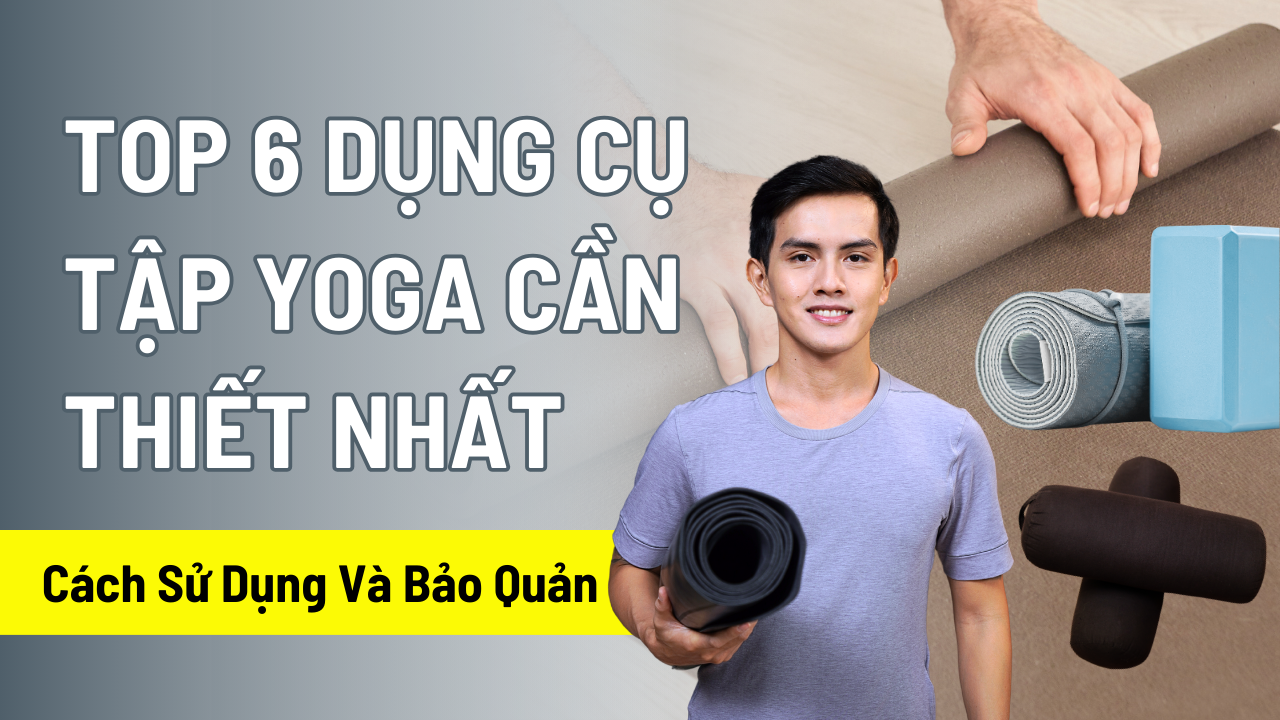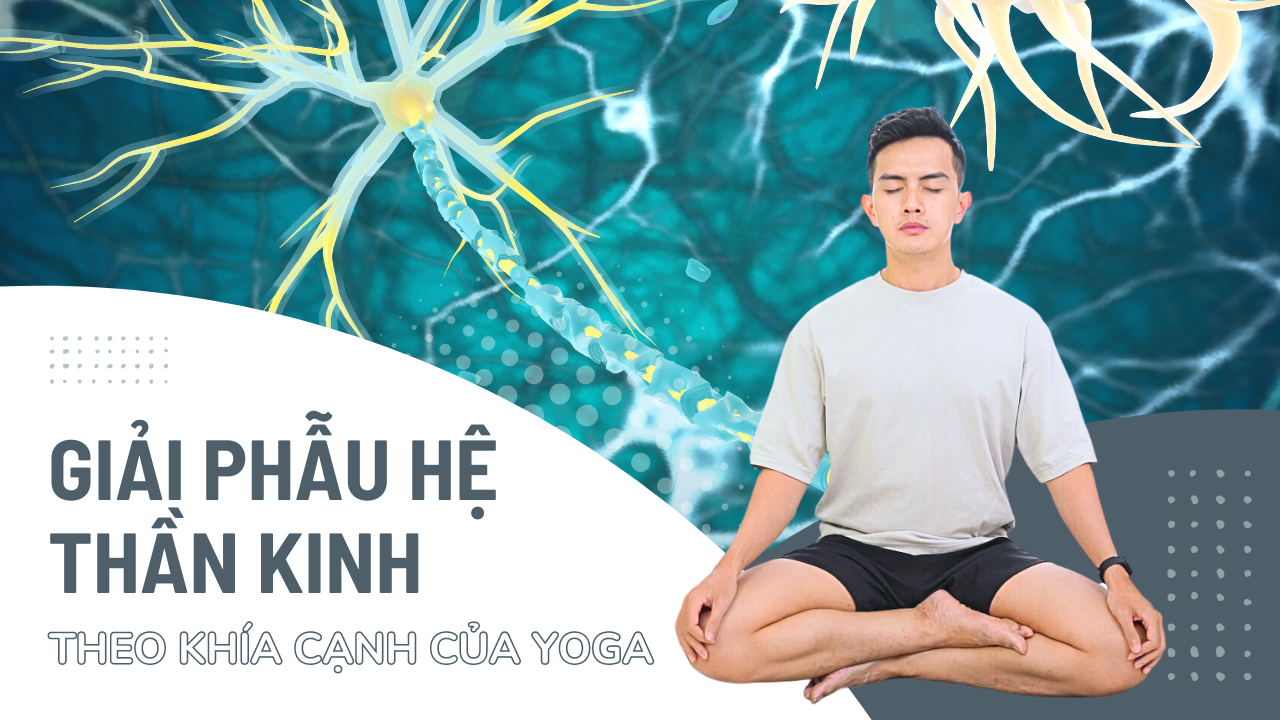The journey to conquer Yoga is always a challenge for beginners, especially for you Yoga practice at home. Don't worry, because in this article Nguyen will share with you some important principles and how to practice Yoga at home effectively.
Principles of self-practice Yoga for beginners
Be comfortable
Don't expect what home workouts "should" look like. Instead, allow yourself to explore the practice at home on your mat with an open mind.
Focus on the breath
Breathing is an important factor when you practice Yoga, because there is no teacher to count the rhythm, it is very easy for you to breathe wrong, learn how to breathe correctly in Yoga before starting the sequence of exercises to make the practice smooth. share more.
Listen to your body
Always listen to your body and never go into pain, as that is a signal that your body is not ready for the pose.
Start with simple poses
Warm up before your session, then start with a warm-up position, such as Baby Pose, or Cat and Crawling pose, then move to a standing position. End the standing postures with balance… This will help your body adapt better.
Don't miss savasana
Savasana – corpse pose is often used to relax at the end of a workout. This is your chance to discover Savasana, a great place to relax your body and mind for maximum effectiveness. So when it's over, reward yourself with this gift for 10 minutes, or even 20 minutes.
The tools you need to practice yoga on your own
Yoga carpet: A yoga mat with a non-slip surface will help you have a good grip when performing movements. This will help avoid the risk of slipping and slipping.
Yoga Tiles: Some Yoga bricks have special designs that help you maintain the correct position for each limb when performing the movements. This helps you do it right and more safely.
Yoga Pillow: Yoga pillows can support you in difficult poses and help you remain comfortable for extended periods of time.
Yoga Blankets: A thin and light blanket can be used to cover the body during the quiet time at the end of a workout, helping the body retain heat and relax.
Yoga rope: Yoga ropes can be used to support and enhance flexible movements. It can also be used to help you stretch muscles and ligaments.
Yoga poses at home for beginners
1. Cat and Cow Yoga Pose
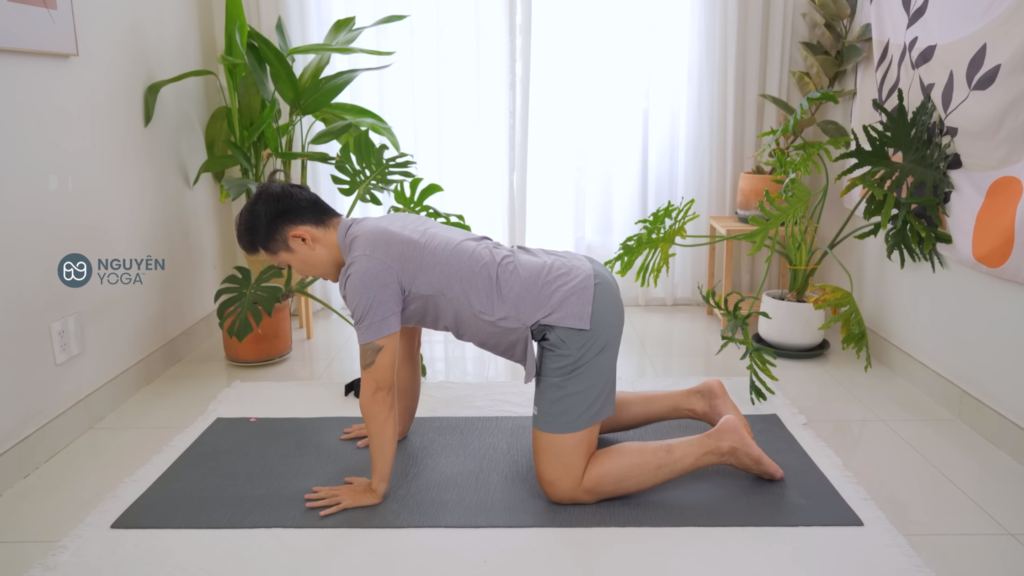
- Starting from Table Pose (Wrists and shoulders – knees and hips in a straight line), knees are shoulder width apart.
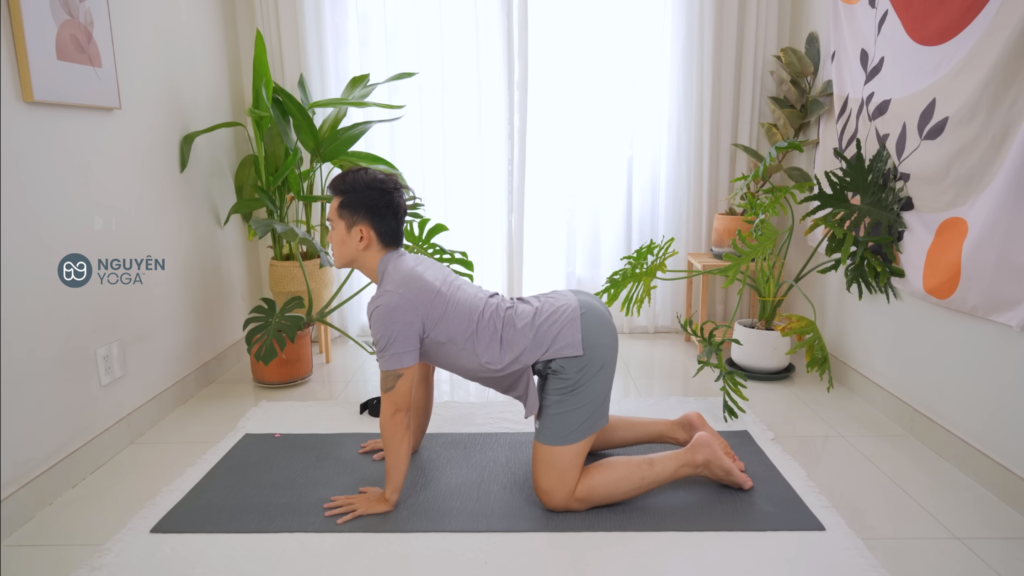
- Inhale, drop your belly and chest down to create a curve in your back, lift your chin to look up.
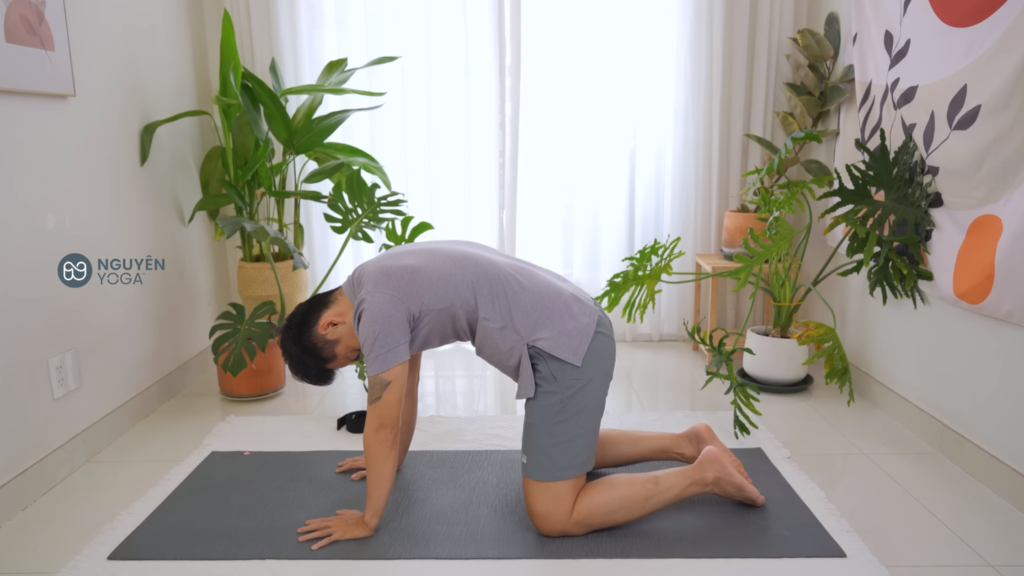
- Exhale, curl your back, draw your chest up, bring your chin towards your chest.
2. Sphinx Yoga Pose
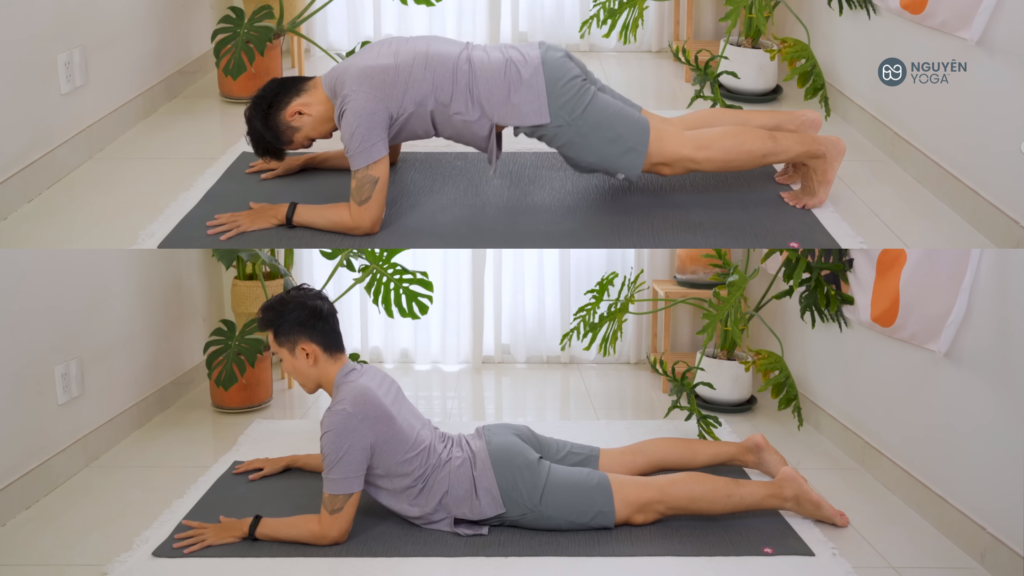
- Stand on your forearms, parallel to each other, open your shoulders and stretch your chest and abdomen forward.
- If your back feels tired, you can knit your forearm and lie on it.
3. Cobra Yoga Pose
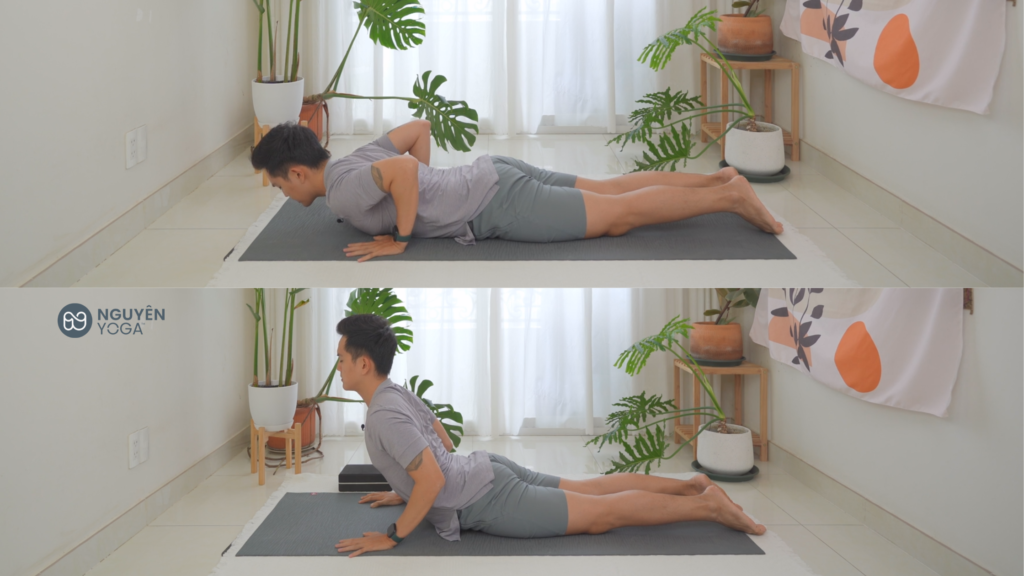
- Two hands on chest.
- Inhale slowly, bring your chest up, your hands on your hips, open your shoulders.
- You don't have to raise your body too high, just do it slowly according to your body's level.
4. Plank Pose
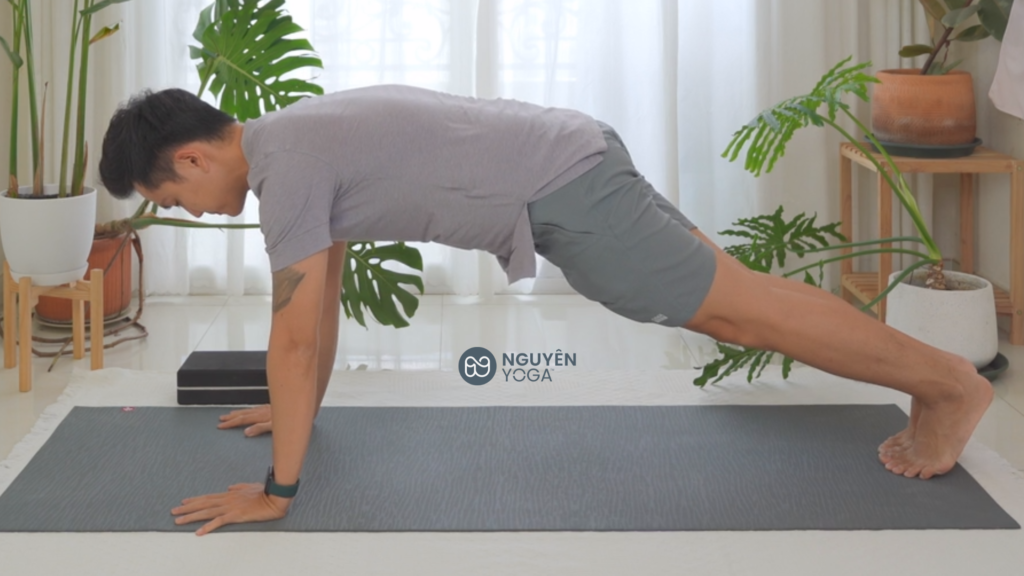
- Inhale to push up, arms straight, eyes looking forward, legs in line, toes raised as a pillar to push the body up.
- Maintain the posture and remember to tighten the abdominal muscles and maintain a steady breathing rate.
Downward-Facing Dog Pose
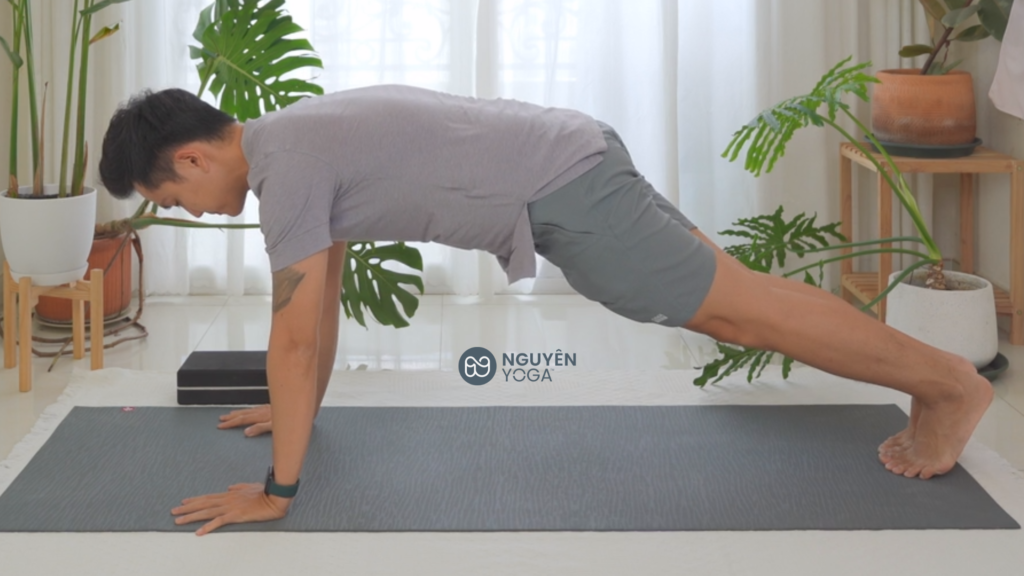
- Starting from Plank
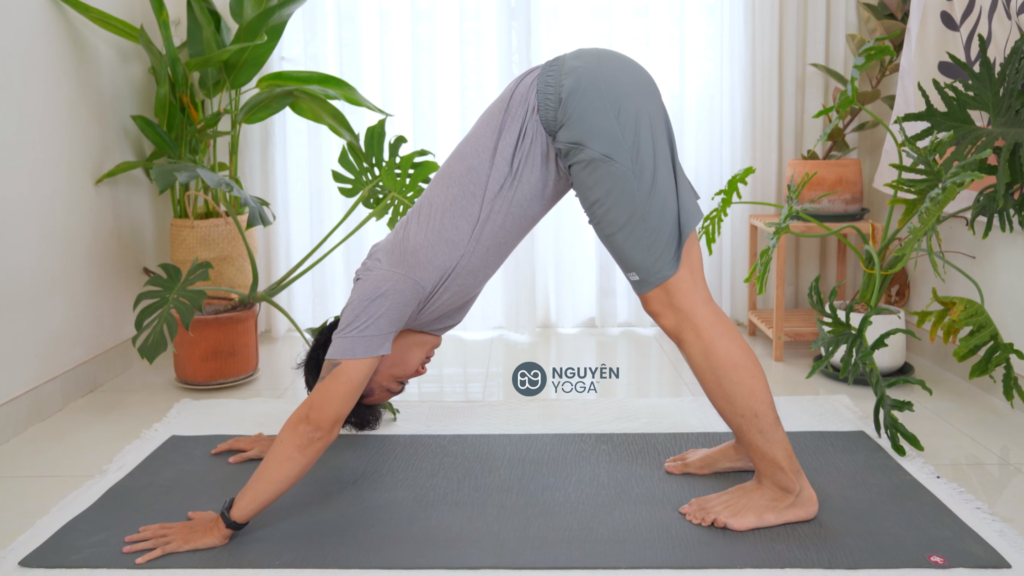
- Exhale gently pushing your butt and hips back, straightening your arms and back.
- For beginners, step forward and bend your knees slightly to avoid straining the leg ligaments.
- In addition, you can beat your heels and breathe evenly.
Nguyen hopes that the above sharing will be useful for your journey to conquering Yoga. You look forward to reading more articles or watching Yoga videos for beginners at Website Nguyen Yoga and channel Nguyen's Youtube dental.
References
Yoga for Everyone: A Beginner's Guide – The New York Times

